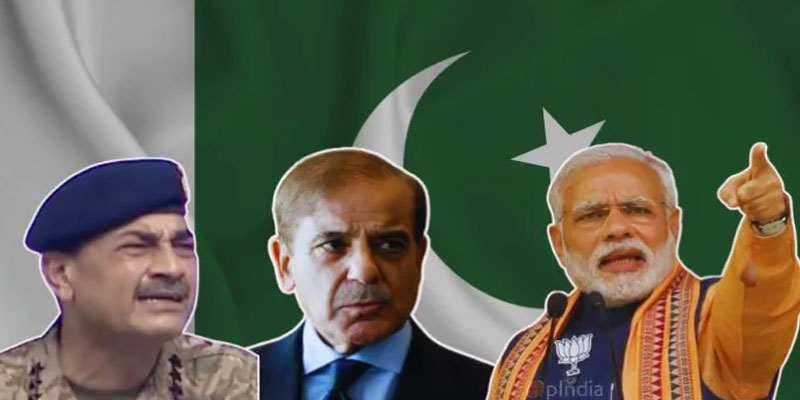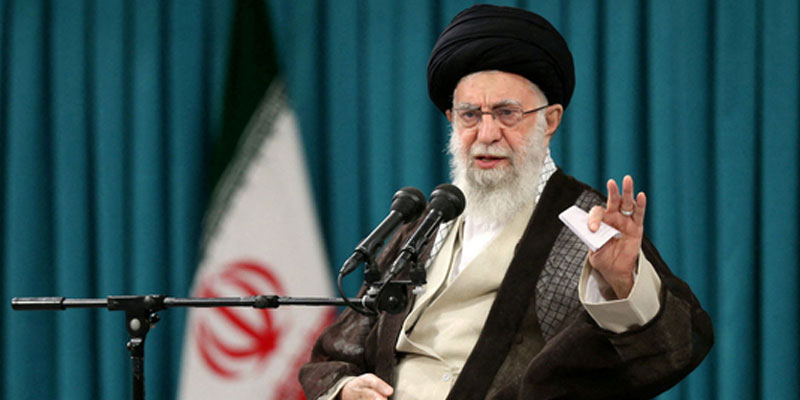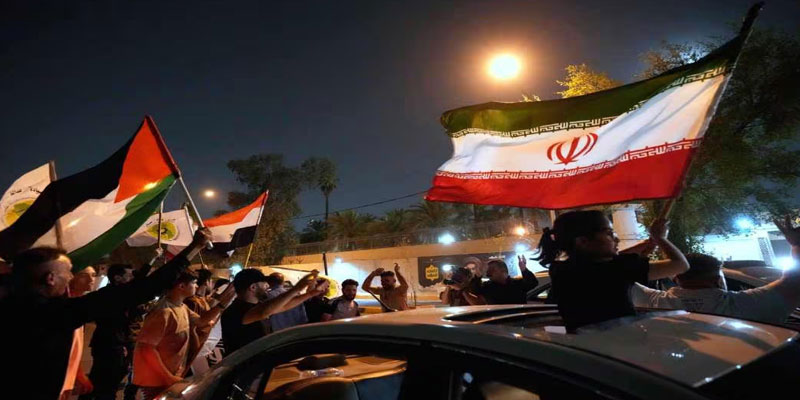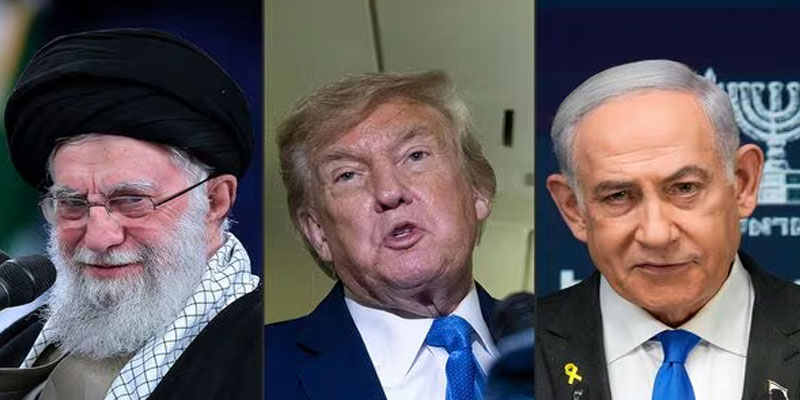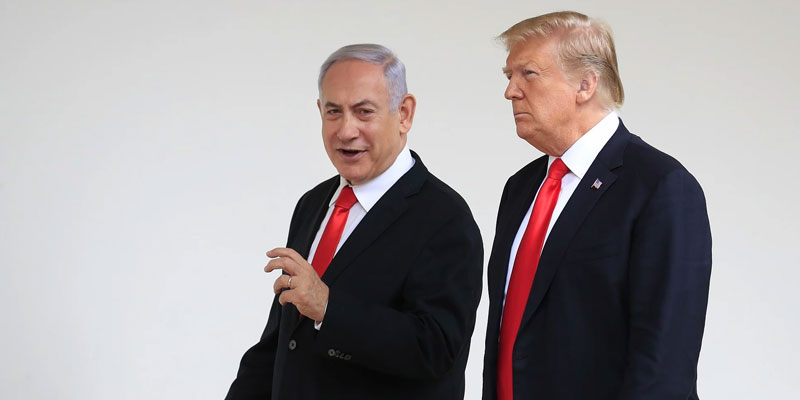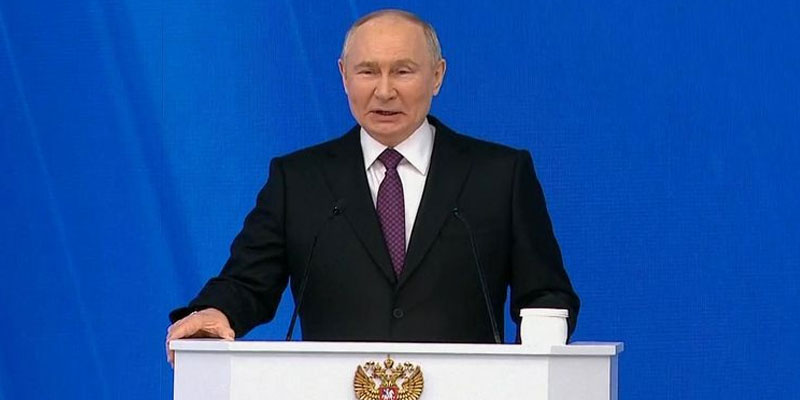Rising Tensions with India Prompt Defence Build-up
Pakistan is increasing its defence budget amid recent tensions with India, signaling a renewed military focus despite a crippling economic crisis. Planning Minister Ahsan Iqbal confirmed the decision on June 7, stating it is a “national duty” to bolster military readiness. His comments referenced the recent Indian strikes under Operation Sindoor, which targeted key Pakistani airbases following the Pahalgam terror attack.
The budget hike, expected to be unveiled with the 2025–26 fiscal plan, comes at a time when Pakistan is heavily indebted, with economic indicators showing distress across key sectors.
How Can a Debt-Ridden Pakistan Afford a Bigger Military?
The decision raises critical questions about Pakistan’s financial capacity to support an expanded military budget. According to the country’s 2024–25 Economic Survey, Islamabad made $7.8 billion in external debt service payments last year alone. Public debt has soared to PKR 76 trillion (approx. $269 billion)—almost double what it was in 2020–21.
Over 1.9% of Pakistan’s GDP is currently being spent just on debt servicing. The government owes $87.4 billion to external creditors, with China ($15 billion) as the largest bilateral lender, followed by Japan ($3 billion) and France ($1 billion).
Even with such mounting obligations, Pakistan’s leadership is prioritizing military preparedness, citing strategic necessity due to growing threats along its eastern border.
Defence Budget, Strategy, and Military Focus
As per analysts, Pakistan’s upcoming PKR 17.6 trillion budget will likely include a 20% increase in defence spending. Last year, the defence allocation stood at PKR 2.1 trillion, including $2 billion for equipment procurement. The total military expenditure for FY 2024–25 was $10.2 billion, according to the Stockholm International Peace Research Institute (SIPRI).
This renewed defence push appears heavily skewed toward nuclear maintenance and missile development, reflecting Pakistan’s asymmetric warfare strategy. The country maintains a slight edge over India in mobile rocket systems (600 vs. 264), but lags significantly in almost every other military metric.
Despite the spending increase, Pakistan's armed forces face resource constraints, with only 654,000 active personnel compared to India’s 1.45 million. Pakistan operates 452 military aircraft and 2,627 tanks, while India boasts 730 aircraft, 4,201 tanks, and a significantly more formidable naval fleet with two aircraft carriers and 18 submarines.
India’s Expanding Military and Indigenous Push
India’s defence budget dwarfs that of Pakistan. For FY 2025–26, India has allocated $78.7 billion, a 9.5% increase over the previous year. Its current military expenditure is $86.1 billion, placing it among the top five global military spenders.
Over the past decade, India has nearly doubled its defence budget—from $41 billion in 2013 to $80 billion in 2024. The Indian military has focused on modernization and indigenization, reducing dependence on foreign arms through domestic production and strategic acquisitions like the Rafale fighter jets.
The contrast between the two nations' military capabilities reflects not just financial disparities, but also diverging strategic approaches—India toward long-term modernization, and Pakistan toward immediate deterrence.
A Strategic Gamble in a Fragile Economy
Pakistan’s decision to ramp up its military budget, despite ballooning debt and economic instability, underscores the depth of its security concerns. While it may satisfy short-term strategic objectives and domestic political pressures, the move raises red flags for its long-term economic sustainability.
Without meaningful fiscal reform or debt relief, continued military spending at the expense of economic revival may deepen Pakistan’s crisis. In contrast, India’s steady military expansion is supported by economic growth and industrial capacity, giving it a more stable foundation.
Ultimately, Pakistan’s defence budget hike is a risky balancing act—prioritizing national security over fiscal prudence in a region fraught with tension.
(With agency inputs)


